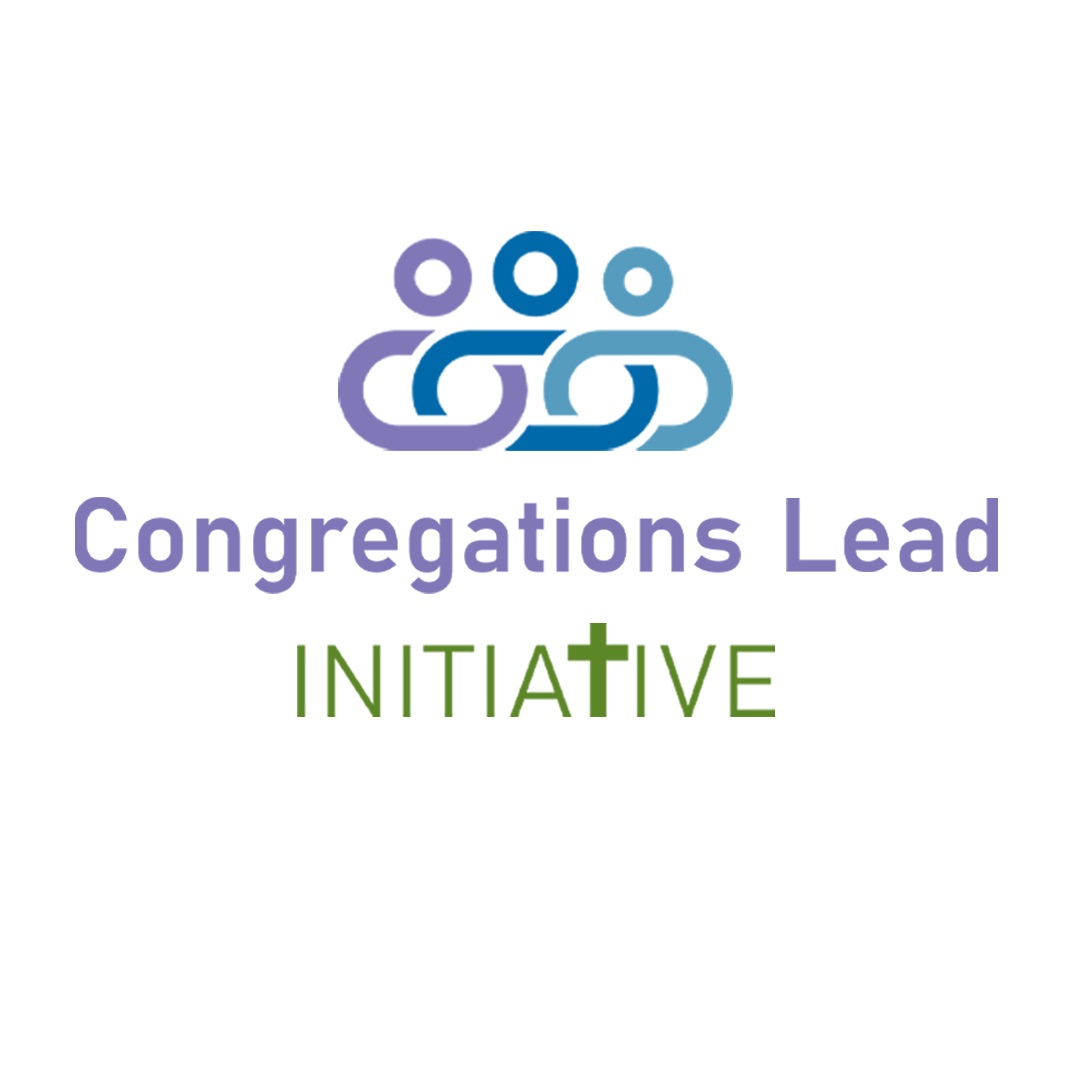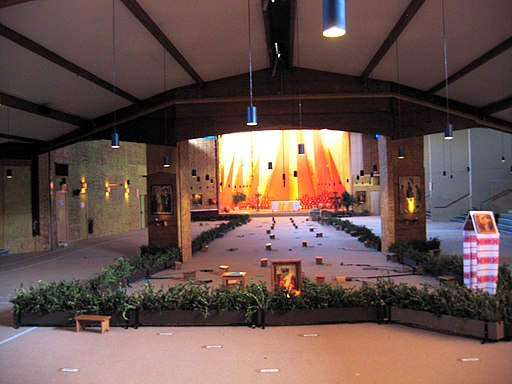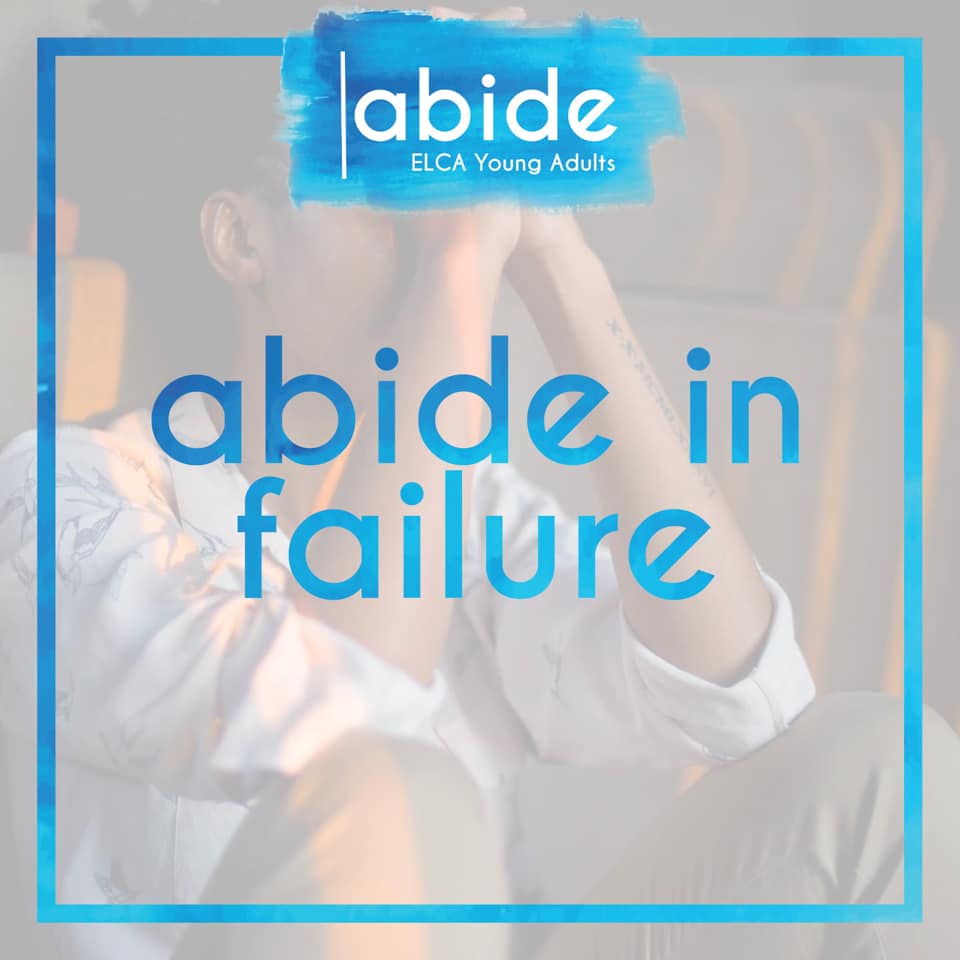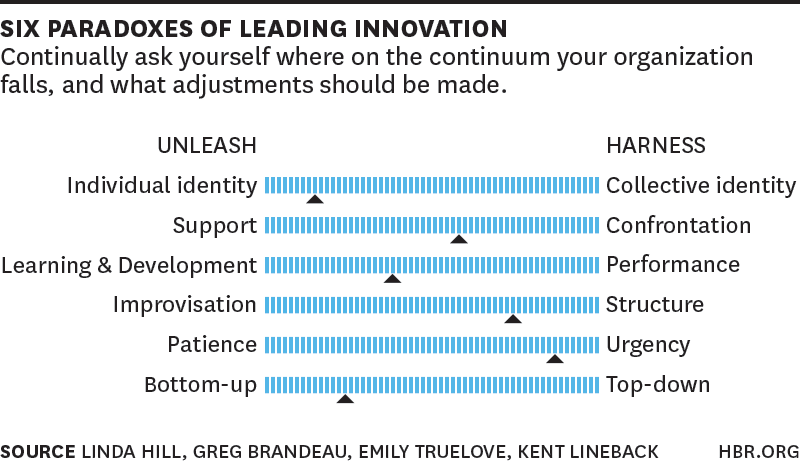This is part two of a two-part introduction to design thinking. Part one is available here.
Introduction
Design thinking is a method for creative problem-solving that has been around for decades. While design thinking is primarily thought of as a methodology for designing products, it is now used in a diverse array of fields and sectors. It is being used to change the experience of voting, transform the emergency room, reimagine the way we vacation and more!
As design thinking is utilized to solve big-problems and ultimately redesign systems, if it is to produce equitable solutions, then the process of design thinking itself must be examined closely to mitigate the causes of inequity. Design thinking as a field often refuses to acknowledge power imbalance or the exclusive nature of many design processes. Design thinking cannot create equitable outcomes on its own (Equity Design Collaborative, 2016).
That is where equity design comes in.
What is Equity Design?
Equity Design Collaborative, a group of individuals and organizations committed to cultivating the field of equity design, defines equity design as a creative process to dismantle systems of oppression and (re)design towards liberation and healing by centering the power of communities historically impacted by the oppressive systems being (re)designed.
In other words – “If racism and inequity are products of design, they can be redesigned,” said Dr. Christine Ortiz, founder of Equity Meets Design.
Equity design combines the consciousness of equity work with the power of design thinking methodologies. In the equity by design framework, there are three core beliefs; Historical context matters (learning to see), radical inclusion (be seen) and process as product (foresee). These core beliefs lead equity designers to a set of five principles:
Five Design Principles of Equity Design ( From Equity Design Collaborative)
- Design at the margins: Our current innovation conversation is exclusive, accessible only to the powerful and privileged. Designing at the margin means that those in privileged positions do not solve for those experiencing oppression; rather, in true community, both the privileged and marginalized build collective responsibility and innovative solutions for our most intractable problems.
- Start with yourself: Our identities (race, gender, upbringing, social status, home language, etc.) create our lens for the world and how we make sense of it. We must raise our awareness of our own identities and how bias impacts our thoughts, choices, conclusions, and assumptions to truly co-create with others.
- Cede Power: Equity requires a nonviolent, action-oriented spirit of co-creation and co-invention, necessitating an inversion of legacy power structures. Equitable design demands that practices change and evolve — that we redefine roles, revalue ways of knowing, and reassess the ways we reach decisions.
- Make the invisible visible: The relationships between people and problems are often governed by sets of heuristics — techniques that allow problems to be solved with speed, agility, and economy. However, these preexisting schemas can perpetuate exclusionary assumptions and biased practices, manifesting as implicit bias, power dynamics, and hegemonic practices that govern relationships with people in our organizations, schools, and governments. By making them visible, we can assess their impact and create a space for reflection and repair.
- Speak to the future: Because an equitable reality has never existed, we cannot look to our past to learn how to create an equitable future. There is an often-overlooked power in language and discourse to influence and control ideas, beliefs, actions, and ultimately culture. When we take control of our language, when we speak to the future, we lay the groundwork to create something new — together.
The process used to design is a product in and of itself. We must engage in equitable practices during that process. By designing with these principles in mind, we can begin to mitigate the inequities that exist in the systems and processes that impact our daily lives.
Equity Design: What’s next?
Take a few moments to think about the last time you “designed” something. If you are a part of an ELCA Congregation, that might have been something like a community event, a weekly bible study or a food drive for your local food pantry.
- In what ways did your design process include the five design principles of equity design?
- In what ways could your design process have been modified to include the five design principles of equity design?
If you would like to learn more about equity design, Equity Meets Design offers a free online course: Introduction to equityXdesign.
References and Other Resources
Equity Design Collaborative. [Nov 2016]. Racism and inequity are products of design. They can be redesigned.
Equity Design Collaborative. [Dec 2017]. Equity is a Verb.
Equity Design Collaborative. [Sep 2017]. The Big 10 (+1) Ideas that Fuel Oppression.
Eric Blattburg. [May 2020]. Traditional design won’t save us in the COVID-19 era.
Free online course: Introduction to equityXdesign offered by Equity Meets Design.













